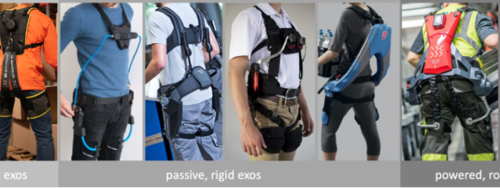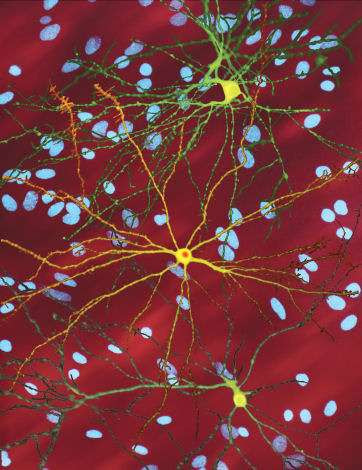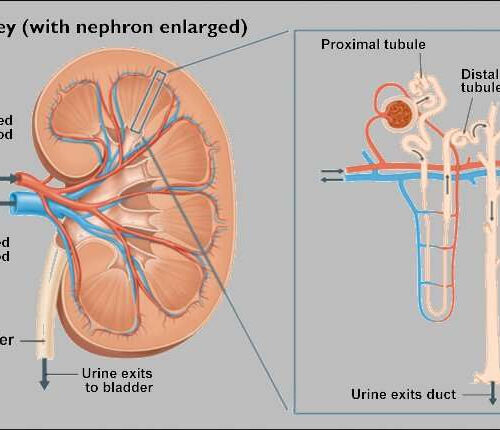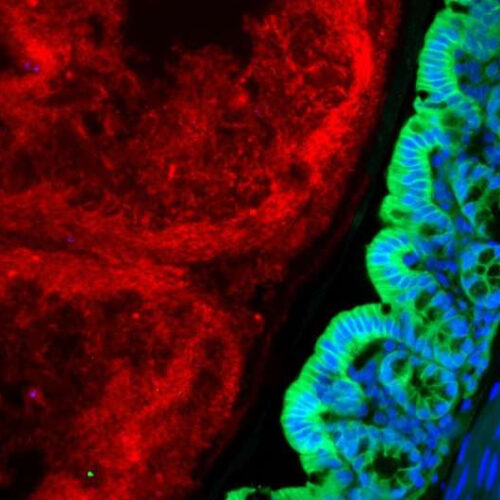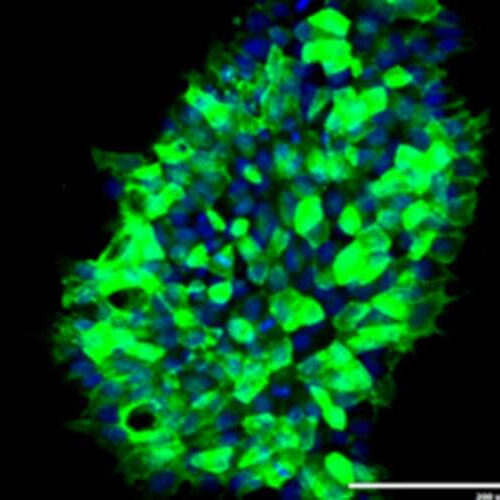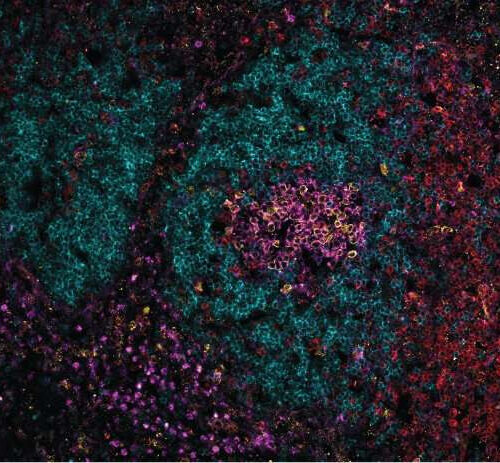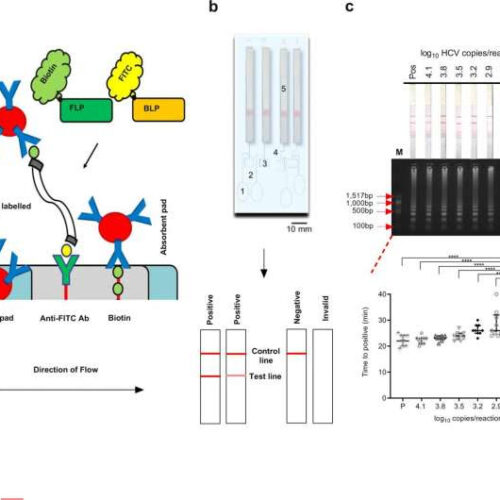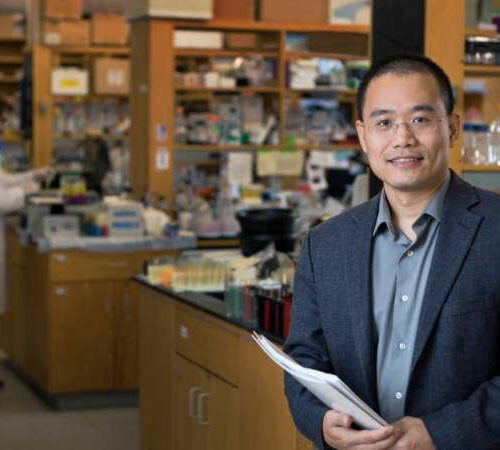RIKEN IMAGE: NEPRILYSIN (RED) AND AΒ (GREEN) LEVELS IN THE HIPPOCAMPUS OF ALZHEIMER’S DISEASE MODEL MICE. TOP: CONTROL. BOTTOM: AFTER BEING FED DIAZOXIDE. AFTER DIAZOXIDE TREATMENT, NEPRILYSIN LEVELS INCREASED AND AΒ LEVELS DECREASES. MICE ALSO PERFORMED BETTER ON MEMORY TESTS (NOT SHOWN HERE). CREDIT: RIKEN Researchers at the RIKEN Center for Brain Science (CBS) in...
New study reveals breakthrough tool to show how much exoskeletons reduce back injury risk
VANDERBILT UNIVERSITY IMAGE: BACK EXOSKELETONS REDUCE LOADING ON THE BACK MUSCLES AND SPINE DURING LIFTING. CREDIT: KARL ZELIK A study led by researchers from Vanderbilt University’s Center for Rehabilitation Engineering and Assistive Technology reveals a breakthrough tool to assess the effect of exoskeletons on injury risk. The tool, called Exo-LiFFT, is an interactive calculator that will...
3D printing of blood plasma may speed up wound healing
RCSI Tuesday, 30 November, 2021: New research by RCSI University of Medicine and Health Sciences suggests that effective wound healing may be aided by replicating a crucial component of our blood. The finding, published today in Advanced Functional Materials, was led by researchers at the Tissue Engineering Research Group (TERG) and SFI AMBER Centre based at RCSI’s Department of...
Researchers get down to the molecules of disease occurrence
by Max Martin, University of Western Ontario A montage of three images of single striatal neurons transfected with a disease-associated version of huntingtin, the protein that causes Huntington’s disease. Nuclei of untransfected neurons are seen in the background (blue). The neuron in the center (yellow) contains an abnormal intracellular accumulation of huntingtin called an inclusion body...
SARS-CoV-2 can infect kidneys directly, researchers find
by University of Washington School of Medicine COVID-19 was found to directly invade proximal tubule cells in kidney organoids. Credit: National Institute of Diabetes and Digestive and Kidney Diseases Up to 25 percent of patients’ COVID-19 cases involve acute kidney injury—the kidneys’ equivalent of a heart attack. Clinicians have suspected that such injuries are a...
Link between intestinal inflammation and microbiome
by Kiel University Microscopic image of intestinal tissue. Green: epithelial cells which produce HK2. Red: bacteria inside the intestine. Credit: Saskia Weber-Stiehl, IKMB, Kiel University Around 500 to 1,000 different types of bacteria, fungi and other microorganisms colonize our intestines. All of them together form the intestinal microbiome. As we now know, these microbes play...
Rapidly correcting inherited gene alterations
by University of Helsinki Corrected stem cells. Credit: Sami Jalil Researchers in the University of Helsinki and University Hospital Helsinki have developed a method to precisely and rapidly correct genetic alterations in cultured patient cells. The method produces genetically corrected autologous pluripotent stem cells from a 2–3 mm skin biopsy from patients with different genetic...
Potential therapeutic pathway to clear chronic viral infections
by Monash University A recent study in mice has uncovered the role of a protein, called BMI-1, in chronic viral infections. Credit: Monash University Chronic infectious diseases have a devastating effect on global health. When someone is suffering from a chronic viral infection such as HIV or hepatitis C, their B cells get altered resulting in...
‘Origami’ diagnostic test could help hepatitis C treatment
by Ross Barker, University of Glasgow Lateral flow detection of HCV LAMP assay. a The mechanism of the lateral flow strip15. Two primers, FLP and BLP, are pre-labeled with Biotin and FITC, respectively. The amplicon resulting from the LAMP reaction, contains both labeled primers as double-stranded DNA represented schematically by two gray lines. It is added onto the sample pad...
New cancer therapy holds potential to switch off major cancer types without side effects
by Liz Fuller-Wright, Princeton University In mice and in human tissue, a new compound discovered by Yibin Kang, seen here in his lab in 2017, disables a key gene that’s implicated in breast, prostate, liver, lung, colon and other cancers. Credit: Denise Applewhite, Office of Communications Imagine you could cure cancer by targeting one tiny gene....

